38 labels and selectors in kubernetes
Well-Known Labels, Annotations and Taints | Kubernetes Aug 10, 2022 · Well-Known Labels, Annotations and Taints. Kubernetes reserves all labels and annotations in the kubernetes.io and k8s.io namespaces. This document serves both as a reference to the values and as a coordination point for assigning values. Labels, annotations and taints used on API objects app.kubernetes.io/component Assigning Pods to Nodes | Kubernetes Jul 17, 2022 · Pods are namespaced objects in Kubernetes, so Pod labels also implicitly have namespaces. Any label selectors for Pod labels should specify the namespaces in which Kubernetes should look for those labels. You express the topology domain (X) using a topologyKey, which is the key for the node label that the system uses to denote the domain.
Kubernetes Endpoints | What are Kubernetes Endpoints? - EDUCBA Kubernetes Endpoints are defined as to where the Kubernetes that will create the endpoints automatically which are known as endpoints an object that has a similar name as the service and is stored. In general, we can define the Kubernetes endpoints which get or store one or more IP addresses of pods that are assigned to it dynamically along ...

Labels and selectors in kubernetes
HorizontalPodAutoscaler Walkthrough | Kubernetes Aug 06, 2022 · A HorizontalPodAutoscaler (HPA for short) automatically updates a workload resource (such as a Deployment or StatefulSet), with the aim of automatically scaling the workload to match demand. Horizontal scaling means that the response to increased load is to deploy more Pods. This is different from vertical scaling, which for Kubernetes would mean assigning more resources (for example: memory ... Kubernetes Labels 和 Selectors _ Kubernetes(K8S)中文文档 ... Labels选择器. 与Name和UID 不同,标签不需要有唯一性。一般来说,我们期望许多对象具有相同的标签。 通过标签选择器(Labels Selectors),客户端/用户 能方便辨识出一组对象。标签选择器是kubernetes中核心的组成部分。 Manage Kubernetes Resources via Terraform - HashiCorp Learn This tutorial also appears in: Use Cases. Kubernetes (K8S) is an open-source workload scheduler with focus on containerized applications. You can use the Terraform Kubernetes provider to interact with resources supported by Kubernetes. In this tutorial, you will learn how to interact with Kubernetes using Terraform, by scheduling and exposing a NGINX deployment on a …
Labels and selectors in kubernetes. Kubernetes labels, selectors & annotations with examples Labels. Labels give us another level of categorization, which becomes very helpful in terms of everyday operations and management. Labels are attached to Kubernetes objects and are simple key: value pairs.; You will see them on pods, replication controllers, replica sets, … Kubernetes - Labels & Selectors - tutorialspoint.com Selectors. Labels do not provide uniqueness. In general, we can say many objects can carry the same labels. Labels selector are core grouping primitive in Kubernetes. They are used by the users to select a set of objects. Kubernetes API currently supports two type of selectors −. Equality-based selectors; Set-based selectors; Equality-based ... GitHub - roboll/helmfile: Deploy Kubernetes Helm Charts Multiple labels can be specified using , as a separator. A release must match all selectors in order to be selected for the final helm command. The selector parameter can be specified multiple times. Each parameter is resolved independently so a … Assign Pods to Nodes | Kubernetes Jun 18, 2022 · This page shows how to assign a Kubernetes Pod to a particular node in a Kubernetes cluster. Before you begin You need to have a Kubernetes cluster, and the kubectl command-line tool must be configured to communicate with your cluster. It is recommended to run this tutorial on a cluster with at least two nodes that are not acting as control plane hosts. …
matchLabels, labels, and selectors explained in detail, for Jul 15, 2018 · matchLabels, labels, and selectors explained in detail, for beginners Prequisites: Know what a pod, service, and deployment are Ok, this is pretty simple, but now one has lain it out for me, so ... How to use Node Selectors in Kubernetes - HowtoForge Kubernetes Cluster with at least 1 worker node. If you want to learn to create a Kubernetes Cluster, click here. This guide will help you create a Kubernetes cluster with 1 Master and 2 Nodes on AWS Ubuntu 18.04 EC2 Instances. What we will do. Configure Node-Selectors; Configure Node-Selectors Kubernetes API Reference Docs Welcome to the Kubernetes API. You can use the Kubernetes API to read and write Kubernetes resource objects via a Kubernetes API endpoint. Resource Categories. This is a high-level overview of the basic types of resources provide by the Kubernetes API and their primary functions. Kubernetes - Wikipedia Labels and selectors. Kubernetes enables clients (users or internal components) to attach keys called "labels" to any API object in the system, such as pods and nodes. Correspondingly, "label selectors" are queries against labels that resolve to matching objects. When a service is defined, one can define the label selectors that will be used by ...
Labels and Selectors | Kubernetes Aug 09, 2022 · Labels are key/value pairs that are attached to objects, such as pods. Labels are intended to be used to specify identifying attributes of objects that are meaningful and relevant to users, but do not directly imply semantics to the core system. Labels can be used to organize and to select subsets of objects. Labels can be attached to objects at creation time and subsequently added and ... Manage Kubernetes Resources via Terraform - HashiCorp Learn This tutorial also appears in: Use Cases. Kubernetes (K8S) is an open-source workload scheduler with focus on containerized applications. You can use the Terraform Kubernetes provider to interact with resources supported by Kubernetes. In this tutorial, you will learn how to interact with Kubernetes using Terraform, by scheduling and exposing a NGINX deployment on a … Kubernetes Labels 和 Selectors _ Kubernetes(K8S)中文文档 ... Labels选择器. 与Name和UID 不同,标签不需要有唯一性。一般来说,我们期望许多对象具有相同的标签。 通过标签选择器(Labels Selectors),客户端/用户 能方便辨识出一组对象。标签选择器是kubernetes中核心的组成部分。 HorizontalPodAutoscaler Walkthrough | Kubernetes Aug 06, 2022 · A HorizontalPodAutoscaler (HPA for short) automatically updates a workload resource (such as a Deployment or StatefulSet), with the aim of automatically scaling the workload to match demand. Horizontal scaling means that the response to increased load is to deploy more Pods. This is different from vertical scaling, which for Kubernetes would mean assigning more resources (for example: memory ...
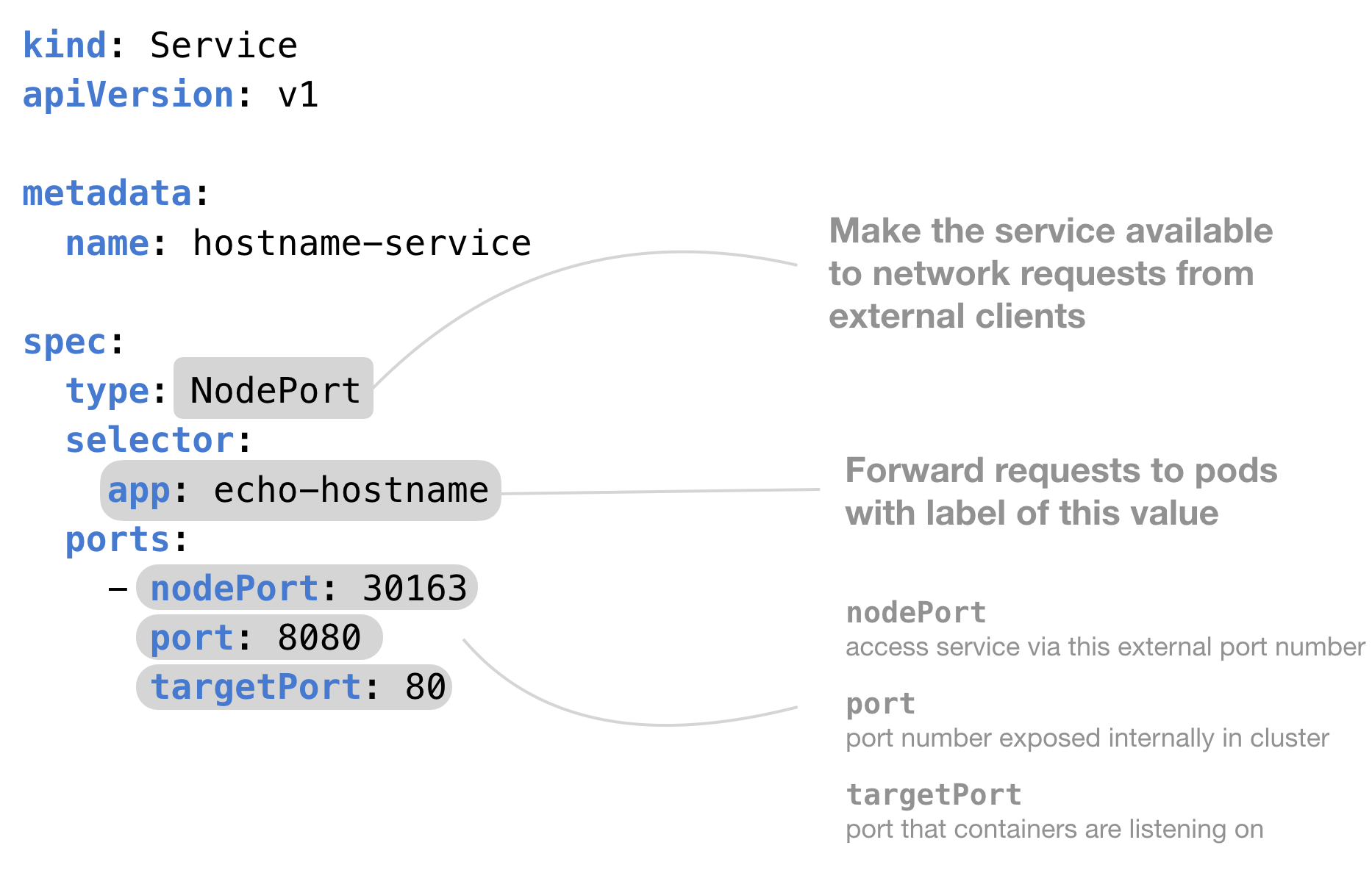
![How it works... - Kubernetes Cookbook, 2nd Edition [Book]](https://www.oreilly.com/library/view/kubernetes-cookbook-2nd/9781788837606/assets/dd292c2f-714e-431e-a7f0-c134076653fe.jpg)

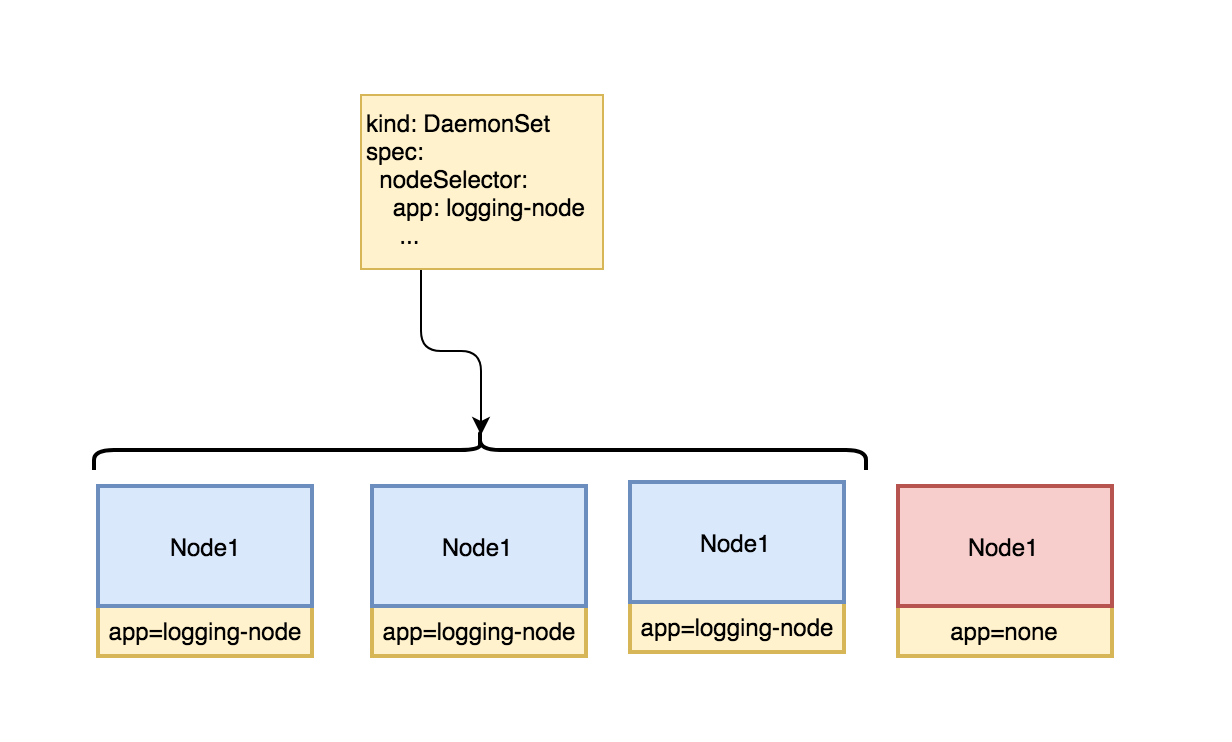
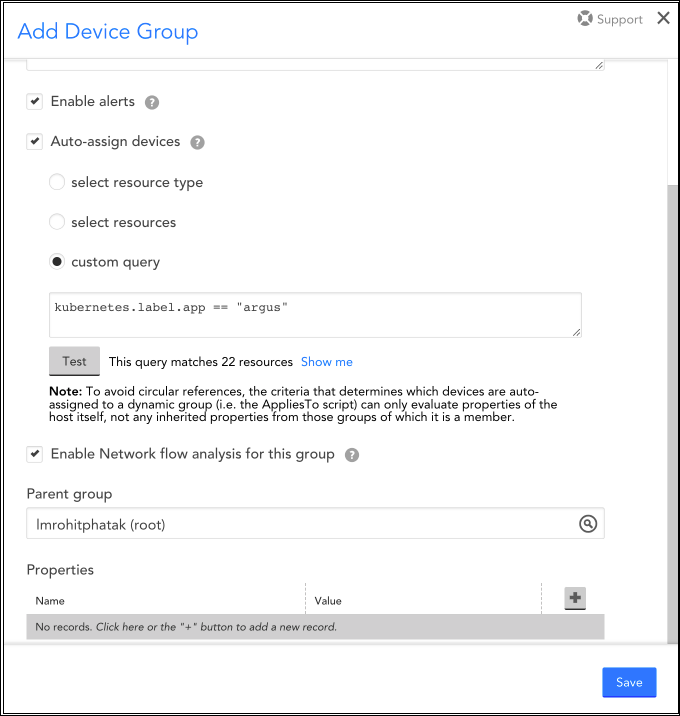
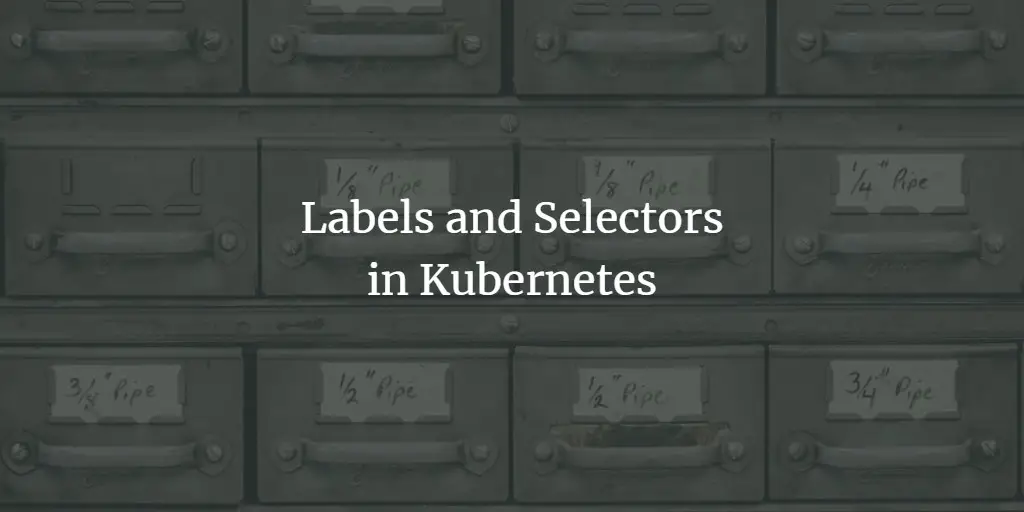

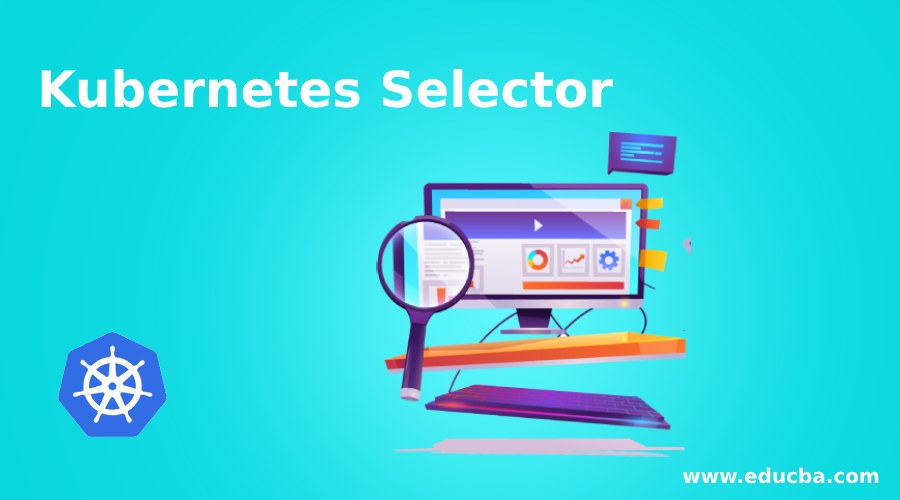

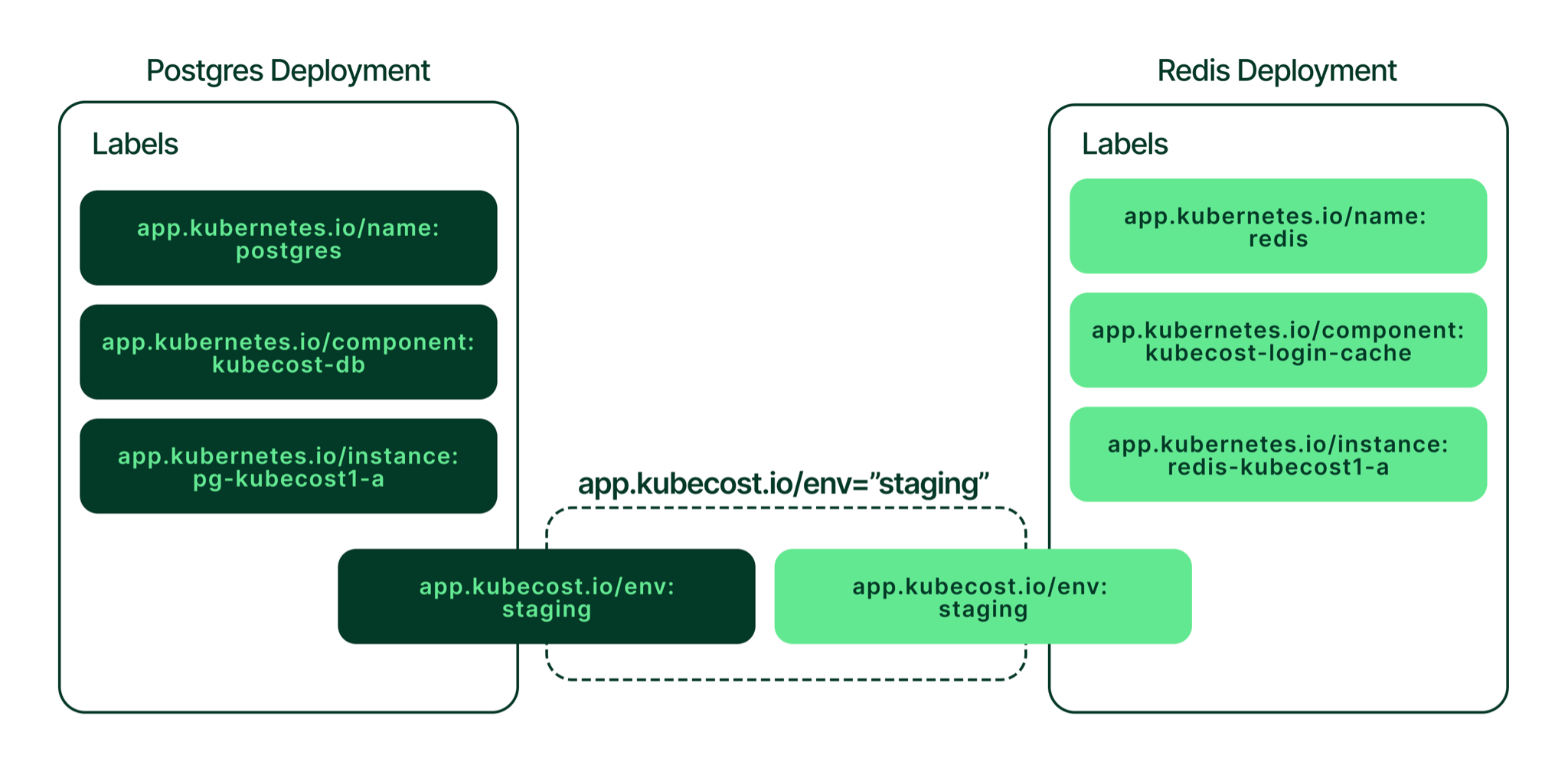
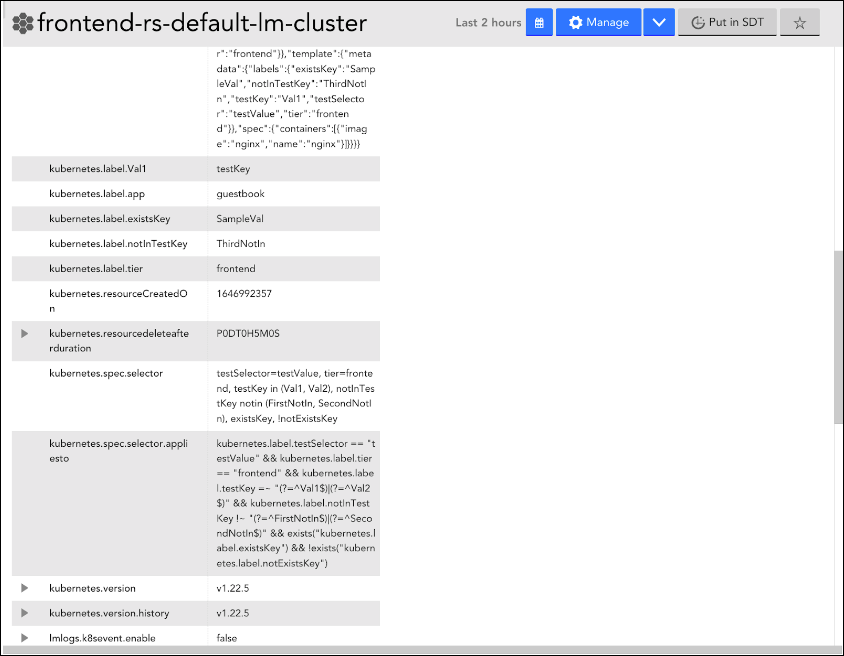
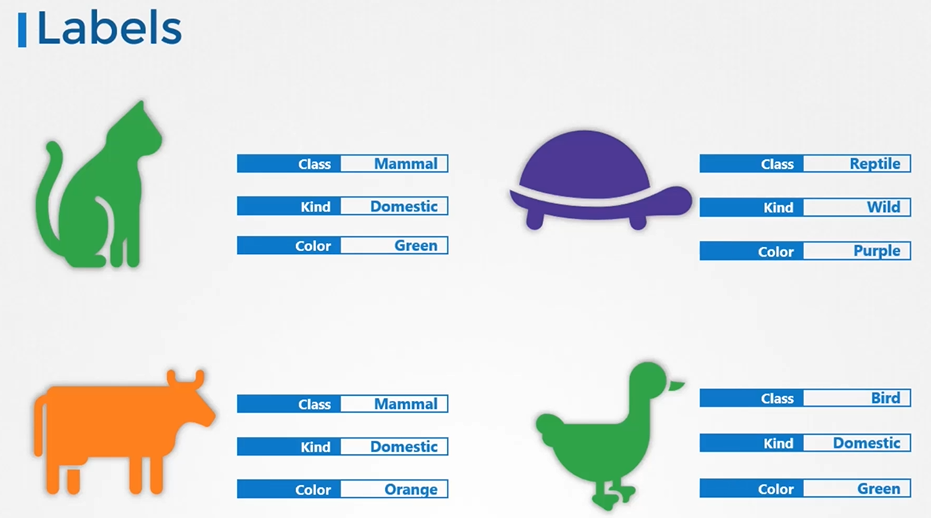



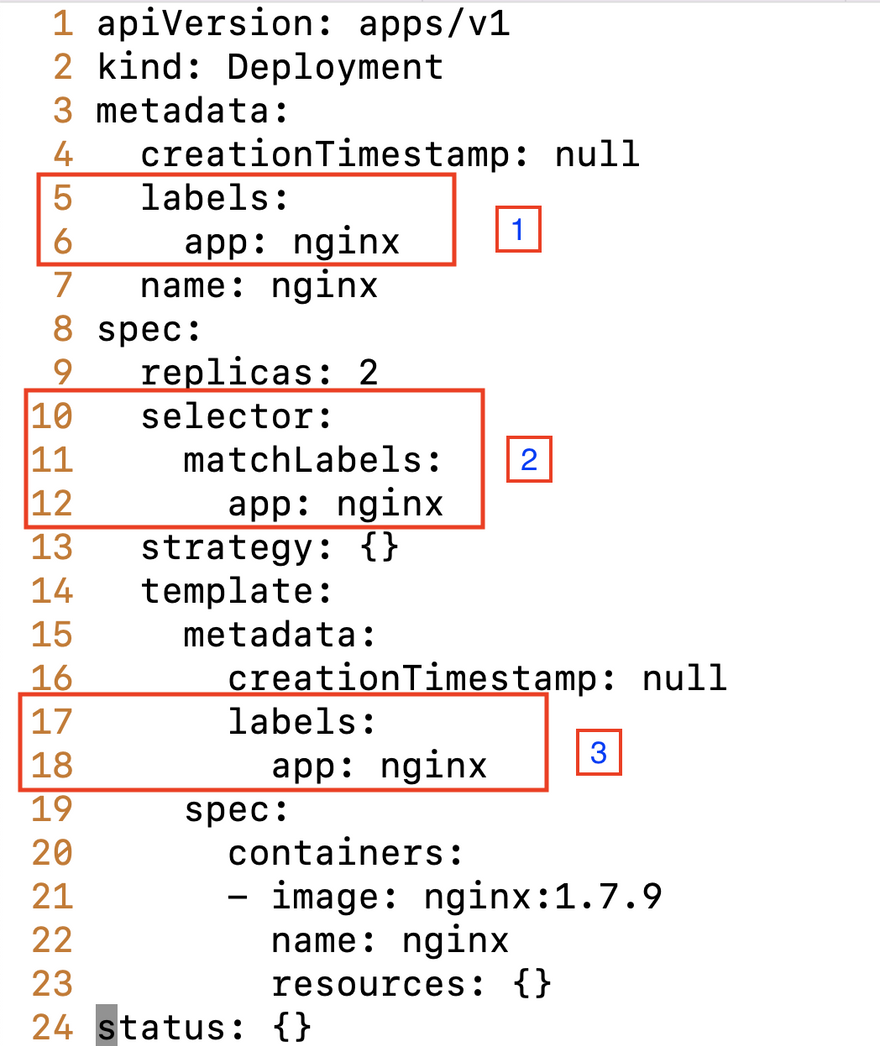

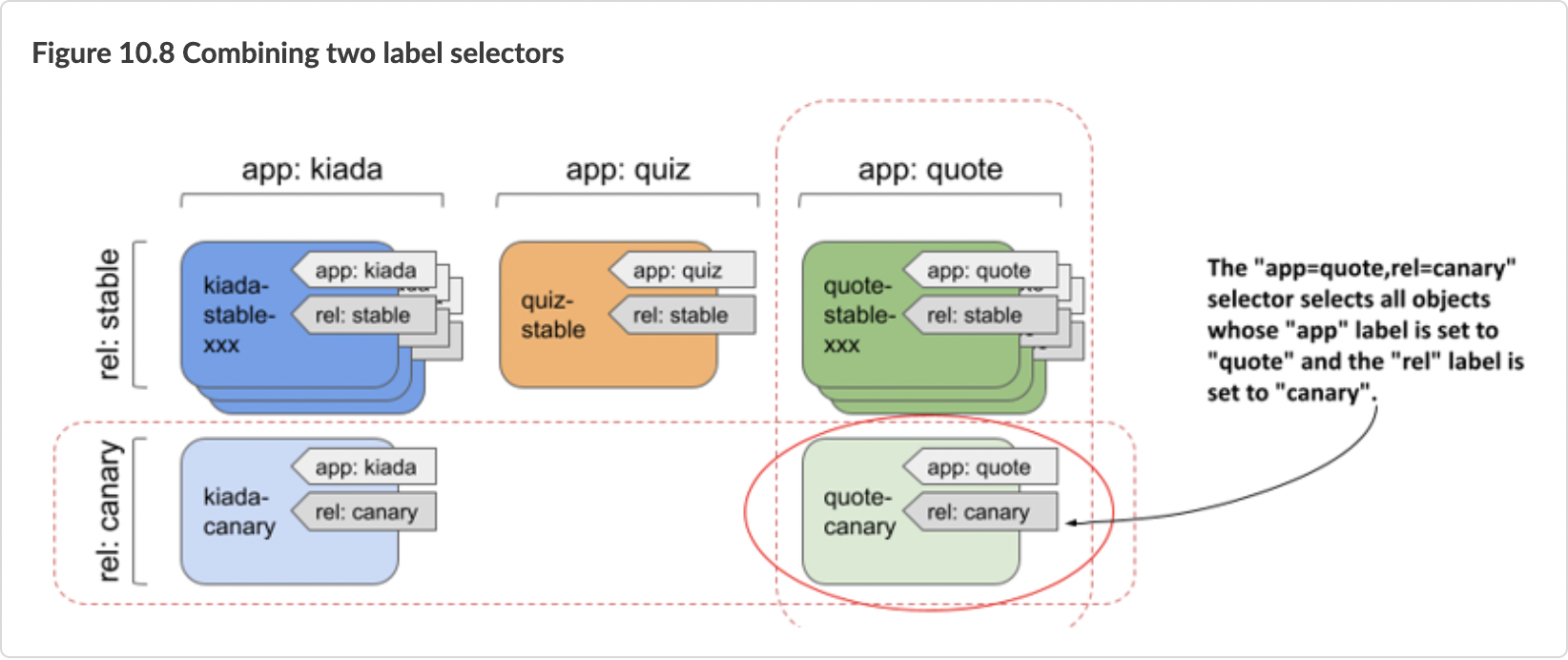





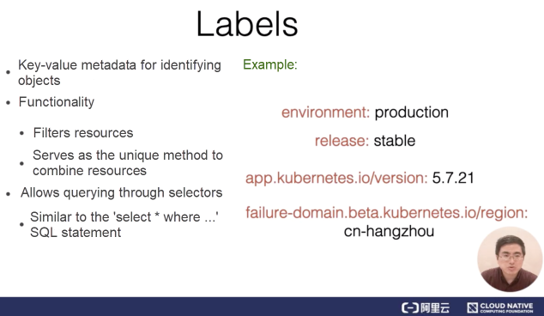



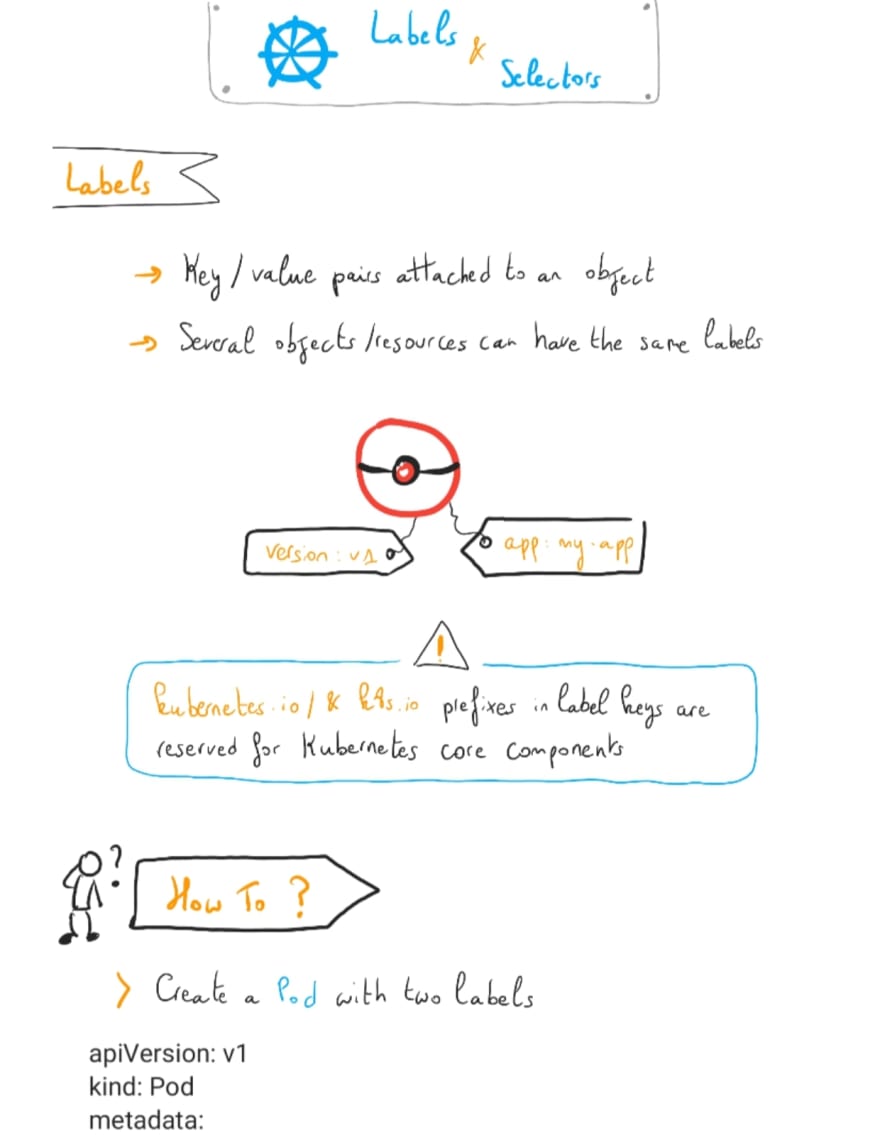
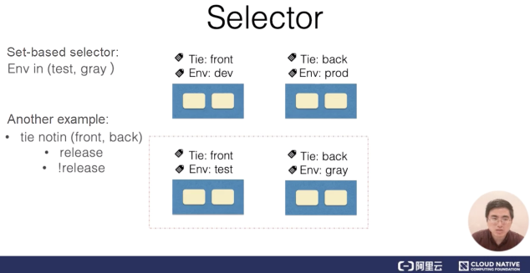






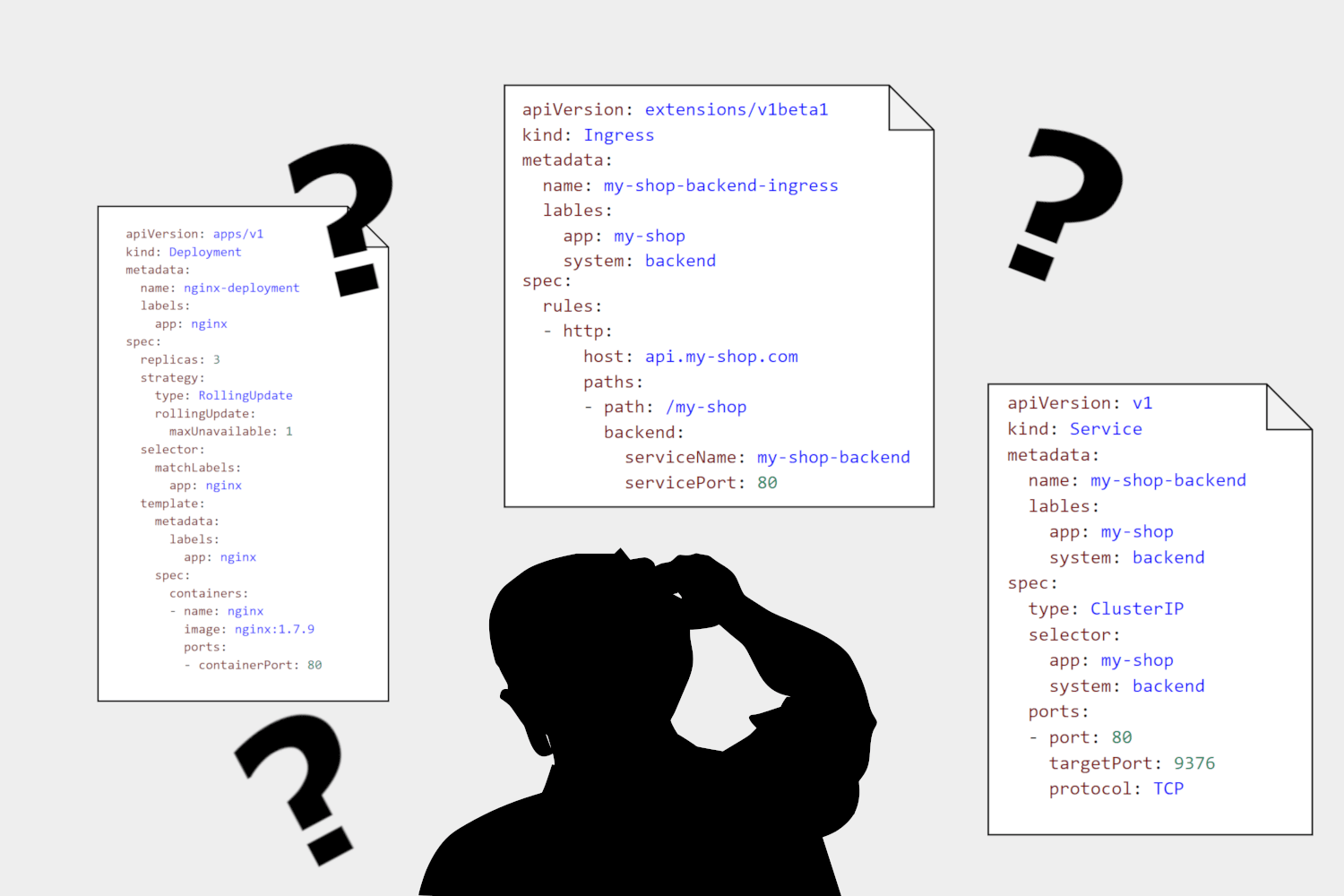
Post a Comment for "38 labels and selectors in kubernetes"